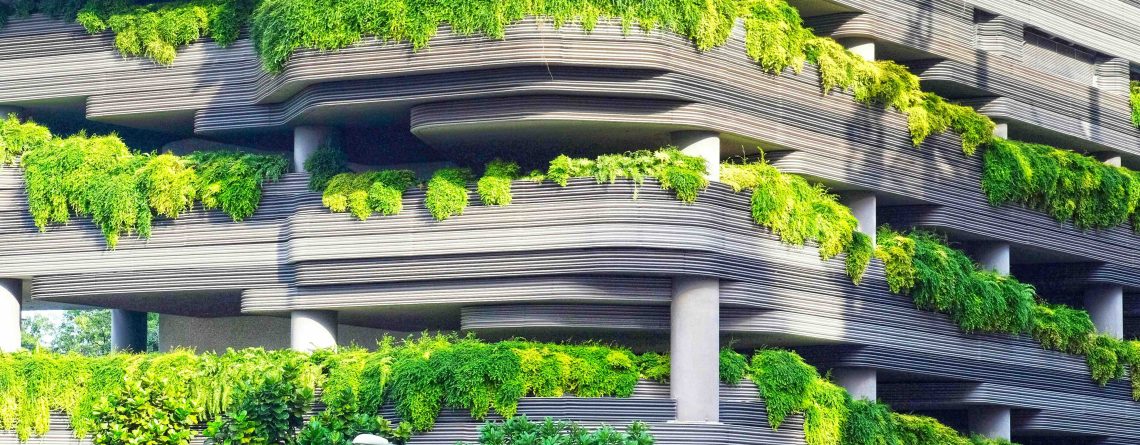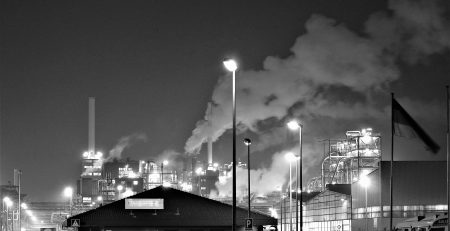The Imperative of Energy Efficiency and Decarbonization in China’s Urban Expansion
The Urban Energy Paradigm
In the labyrinth of global urbanization, cities emerge as the epicenters of energy consumption, accounting for 80% of the world’s usage, with buildings alone responsible for 30 to 40%. This consumption pattern, particularly in urban settings, translates to approximately one-third of global energy use, underscoring the pivotal role of the urban built environment in the global energy landscape.
The Potential for Transformative Climate Action
The urban fabric holds immense potential for transformative climate action. Intensive initiatives in urban areas can yield substantial benefits across the economic, social, and environmental spheres, significantly contributing to the Sustainable Development Goals (SDGs). The New Urban Agenda further acknowledges the role of green construction methods and energy-efficient buildings in mitigating greenhouse gas emissions, fostering job creation, enhancing public health, and reducing energy expenditures.
Green Buildings and the SDGs
Green buildings stand as a testament to sustainable development, directly contributing to various SDGs by promoting health and well-being, ensuring access to clean energy, fostering economic growth through green jobs, driving innovation, mitigating the environmental impact of urbanization, enhancing resource efficiency, and combating climate change.
The Challenge of Energy Efficiency
The potential for enhancing building efficiency is monumental, especially in urban areas outside the industrial sector. A significant portion of this potential hinges on decarbonizing the electricity grid and promoting efficiency improvements through retrofitting and the adoption of energy-conserving behaviors and technologies.
The Dichotomy of Existing Buildings
Improving the energy efficiency of existing buildings poses more challenges than constructing new ones, primarily due to outdated standards and higher energy intensities. Overcoming these challenges necessitates addressing the split incentives between owners and occupiers, enhancing awareness of technological benefits, reducing upfront costs, facilitating access to financing, and navigating the physical constraints of building structures.
The Imperative of Retrofitting
While constructing new energy-efficient buildings is crucial, it’s impractical to replace the entire building stock. The construction phase, associated with significant ’embodied emissions’, makes it essential to prioritize retrofitting to avoid the environmental, social, and economic impacts of demolishing and reconstructing entire neighborhoods.
The Chinese Context
China’s rapid economic growth and urbanization have led to a substantial increase in energy consumption and greenhouse gas emissions, with the buildings sector playing a significant role. The trajectory of urban development and the short lifespan of Chinese buildings highlight the urgent need for sustainable urban growth, emphasizing energy efficiency retrofitting as a viable pathway to low-carbon urban development.
The Coal Conundrum
Coal-dominated energy and heating in urban Chinese buildings exacerbate particulate air pollution and greenhouse gas emissions. The shift towards a sustainable built environment in China necessitates a significant reduction in coal dependency and a transition to a decarbonized electricity grid.
Retrofitting for a Sustainable Future
Retrofitting presents a viable solution to decrease reliance on coal-based energy, enhancing the efficiency of heating and cooling systems, and offering benefits such as improved air quality and increased occupant productivity. For China, advancing building energy efficiency is crucial to achieving its energy and emission reduction targets, with retrofitting playing a central role in this transformative journey.
In Conclusion
The path to sustainable urban development in China and globally hinges on a decisive pivot towards energy efficiency and decarbonization in the building sector. This transition, underpinned by the principles of green construction and retrofitting, is not just an environmental necessity but a socioeconomic opportunity to foster a more sustainable, equitable, and prosperous future.






